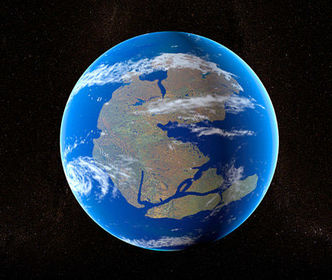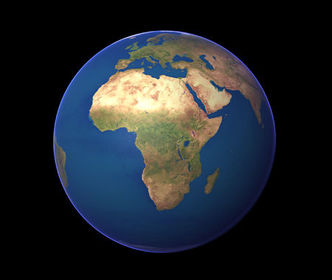Earth, stars, galaxies and space
Angeheftet an
8
0
0
Keine Merkmale angegeben
|
|
Erstellt von richard.obasa
vor mehr als 9 Jahre
|
|
Schließen
|
|
Erstellt von richard.obasa
vor mehr als 9 Jahre
|
|

The Earth is one of the eight planets orbiting the Sun, and there are many other members of the Solar System including asteroids, moons and planets.
Moons orbit planets. Most are tiny. Only a few are as large as our Moon, which is nearly a sixth of the diameter of the Earth
In nuclear fusion, smaller nuclei come together and form larger nuclei. For example hydrogen nuclei are joined together to make helium nuclei. This releases enormous amounts of energy.
In stars larger than our Sun helium nuclei can be fused together to create larger atomic nuclei. As the Earth contains many of these larger atoms, like carbon, oxygen, iron, etc, scientists believe that our Solar System was made from the remains of an earlier star.
If the Earth moves, you would expect to see a different view of the stars at different times of the year, in the same way as the room you are in looks slightly different if you move your head to one side. That is to say everything seems to move in the opposite direction to your head, but the objects close to you seem to move more. This effect is called parallax
geologists can use other evidence from the rocks themselves such as:
looking at cross-cutting features (rock that cuts across another is younger)
using fossils (species existed/ became extinct during certain time periods)
deepness of the rock (younger rocks are usually on top of older ones).
Wegener suggested that mountains were formed when the edge of a drifting continent collided with another, causing it to crumple and fold. For example, the Himalayas were formed when India came into contact with Asia.

The same types of fossilised animals and plants are found in South America and Africa
the shape of the east coast of South America fits the west coast of Africa, like pieces in a jigsaw puzzle
matching rock formations and mountain chains are found in South America and Africa.

Earth around 200 million years ago, at the time of Pangaea

The positions of the continents today


 Verberge bekannte Karten
Verberge bekannte Karten